An all-inclusive experience, redefined…At Bawah Reserve in Indonesia’s pristine Anambas...
Begin your day at Bawah Reserve with your choice from our Juice Butler service: fresh...
If you’ve noticed the beautifully patterned fabrics in your villa, you’ve already...
Ready to make a splash?For guests who are both swimming-fit and up for a challenge,...
Welcome to the thermal contrast therapy facility at Aura Sanctuary at Bawah Reserve,...
Planning your dream private island holiday in Indonesia? Here at Bawah Reserve, we...
3 ways to repost or use our Instagram Reels
We love that you want to share a little...
2024 wellness trends were exciting for sure, but it keeps getting better! The top...
A new subtle yet powerful trend - that of being “demure” and “mindful” - has been...
When we think of bees, honeybees often come to mind. However, at Bawah Reserve, a...
In the heart of Southeast Asia lies a hidden gem that promises a retreat into nature,...
It’s safe to say that if you ask someone to name a tropical island destination, they will...
As we step into 2024, the world of well-being is teeming with transformative trends that...
2 years ago for Earth Day 2022, we created 10 sincere pledges for investing in the planet...
Starting to plan your dream wedding? Some couples have a clear idea of their perfect...
We are often asked about the best time of year to schedule a trip to Bawah Reserve.Which...
Our faraway paradise is well worth the journey and there are many ways to get to Bawah,...

As a sustainable resort we work hard to make sure we minimise waste and re-use as much as
we can. This process comes full circle in our permaculture gardens, which we tend with
the nutrient-rich compost that we make from leftover food – which is often originally grown in the very same garden.
Homemade compost has a number of benefits. It reduces the volume of rubbish on the island
and the composting process produces a nutrient-rich compost that improves the quality of our soil, which is naturally quite sandy and acidic. This ultimately means we can grow a wider variety of fruits and vegetables – faster and easier – that have much more flavour.
Eva Giraldo Maria, Bawah Reserve Sustainability Manager shares how to make your own compost at home:
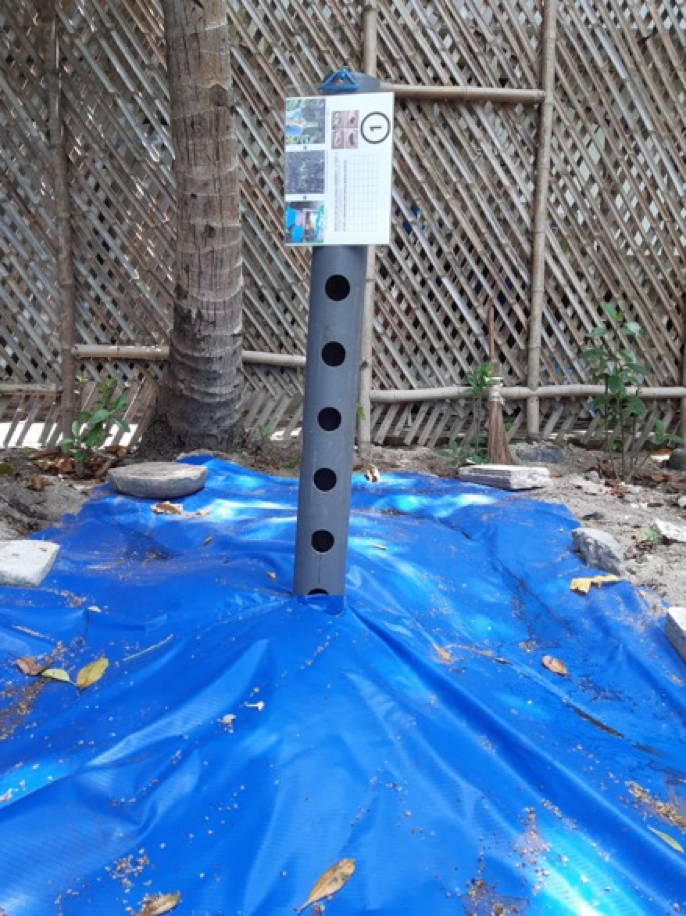
Bawah has six homemade composters but at home you would only need one unless you are looking at industrial scale composting.
Follow this simple step-by-step process to build your own:
1) Prepare a circular hole in the ground that’s around two meters diameter and 40
centimetres deep.
2) Cover it with a tarp.
3) Get a 1.5-metre plastic pipe or tube and cut a line of circular holes roughly 1 to 2
centimetres diameter for drainage in the bottom third of the pipe. You can ask your
local hardware store to do this for you. This will be the compost aerator.
4) Make a small hole to fit the pipe in the centre of the tarp. Place the pipe upright in the
centre of the hole to allow static ventilation. Secure it into the ground at the bottom,
so that around 1 metre sticks up above ground.
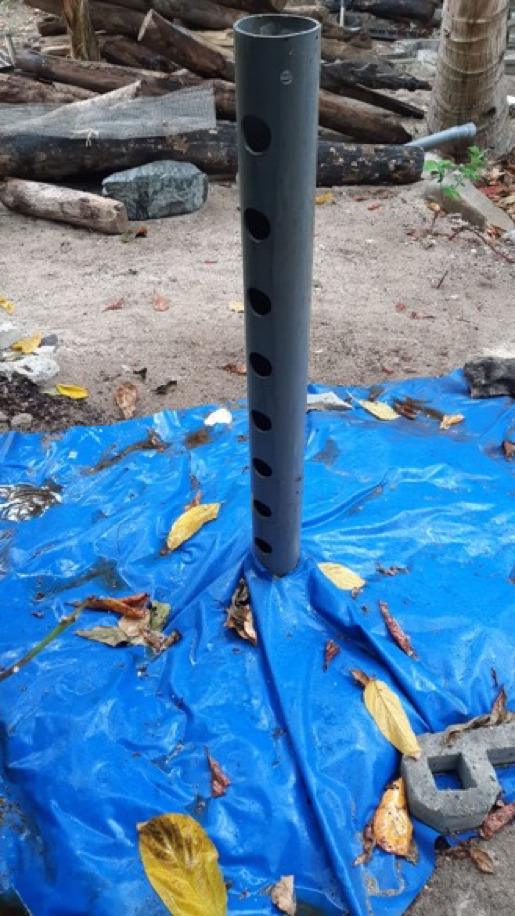
5) Fill the hole with leaves, rotten wood and dry grass until it’s about 80% full.
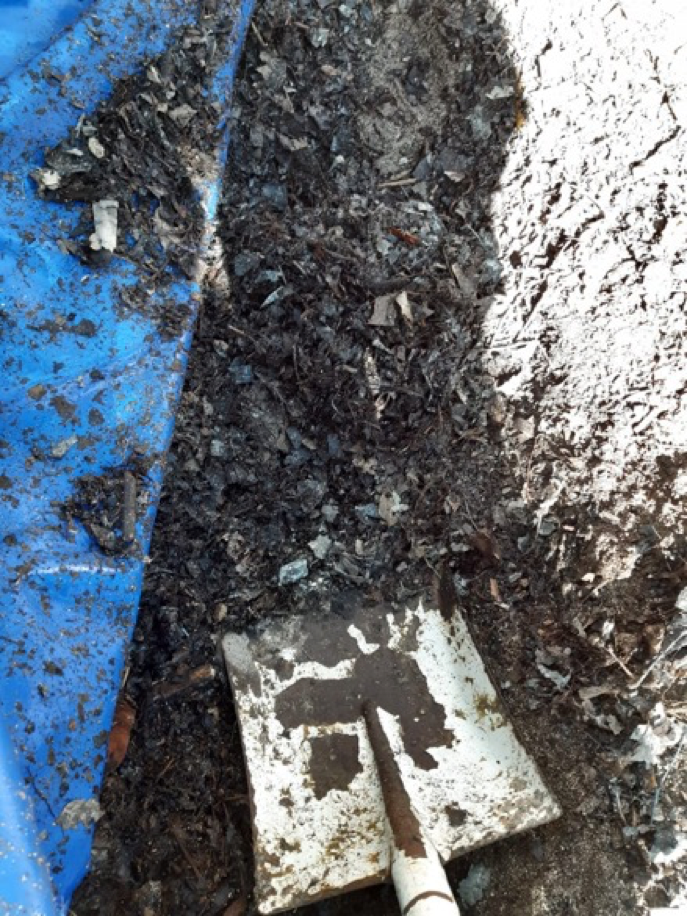
Option: You can also buy a pre-made composter or a dual batch compost tumbler; they come in a wide variety of sizes and have built-in ventilation. SHOP NOW
For efficient composting microorganisms your composter should be filled with 70 – 80% of dry organic matter (leaves, rotten wood, dry grass) and 20 – 30% of fresh organic matter (green waste, leftovers, grass, manure, etc.) For the fresh organic matter, you need to separate waste in your kitchen; not everything is compostable.
1) Add the organic waste to the dry matter in the composter and mix it together.
2) Add more organic waste as and when you need by mixing it in and turning the
compost. Make sure that the material on the outside of the pile is turned into the centre
where it will be exposed to higher temperatures. This step is important because
mixing provides proper ventilation to avoid bad smells. Check the moisture; the
compost should be humid but not wet.
3) Turn the composter every four to five days.
Compost is ready to be used when it looks, feels and smells like rich, dark earth rather than
rotting vegetables. It should be dark brown in colour and crumbly. It can take from one to 12
months, depending on the conditions.
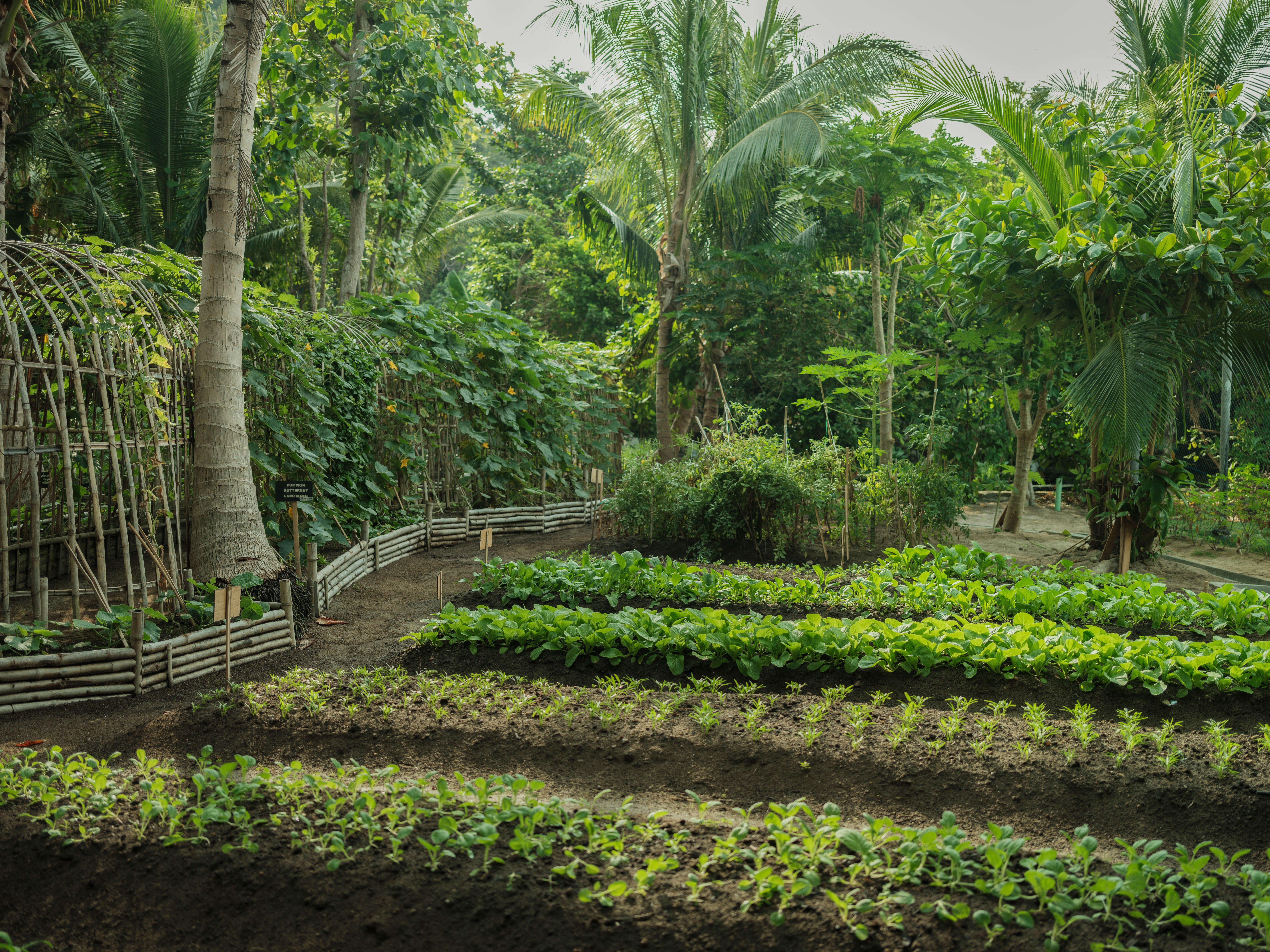
You can use it in two main ways:
1) Add it to the topsoil in your garden, letting the nutrients sink in and flow through the
soil.
Or
2) Mix it with topsoil to use for potting and starter plants.
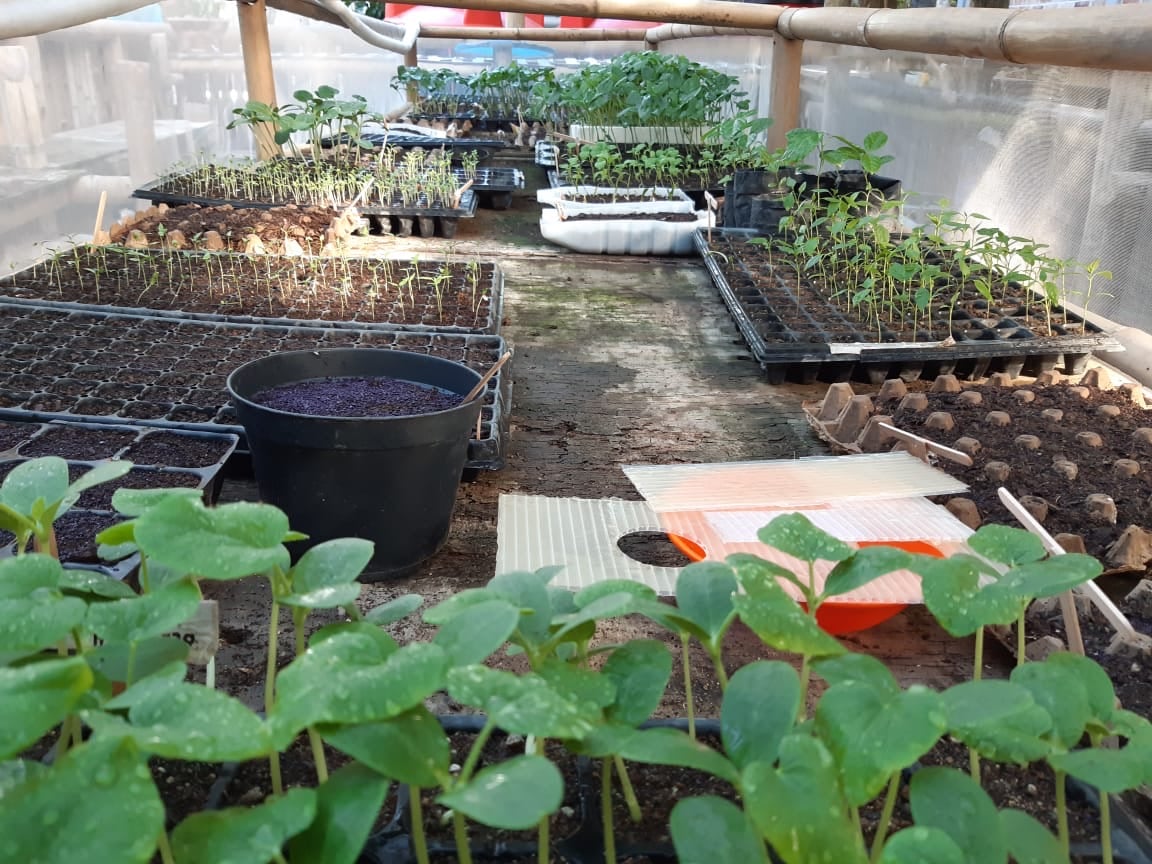
Homemade compost adds valuable nutrients and micro-organisms, such as bacteria, fungi and
protozoa that make the perfect conditions for growing organic fruit and vegetables. Check out
what we have been growing in our gardens and show us what you are growing in yours too.
An all-inclusive experience, redefined…At Bawah Reserve in Indonesia’s pristine Anambas...
Begin your day at Bawah Reserve with your choice from our Juice Butler service: fresh...
If you’ve noticed the beautifully patterned fabrics in your villa, you’ve already...
Ready to make a splash?For guests who are both swimming-fit and up for a challenge,...
Welcome to the thermal contrast therapy facility at Aura Sanctuary at Bawah Reserve,...
Planning your dream private island holiday in Indonesia? Here at Bawah Reserve, we...
3 ways to repost or use our Instagram Reels
We love that you want to share a little...
2024 wellness trends were exciting for sure, but it keeps getting better! The top...
A new subtle yet powerful trend - that of being “demure” and “mindful” - has been...
When we think of bees, honeybees often come to mind. However, at Bawah Reserve, a...
In the heart of Southeast Asia lies a hidden gem that promises a retreat into nature,...
It’s safe to say that if you ask someone to name a tropical island destination, they will...
As we step into 2024, the world of well-being is teeming with transformative trends that...
2 years ago for Earth Day 2022, we created 10 sincere pledges for investing in the planet...
Starting to plan your dream wedding? Some couples have a clear idea of their perfect...
We are often asked about the best time of year to schedule a trip to Bawah Reserve.Which...
Our faraway paradise is well worth the journey and there are many ways to get to Bawah,...
© Bawah Reserve 2024. Anambas. Riau Islands. Indonesia
leave a comment